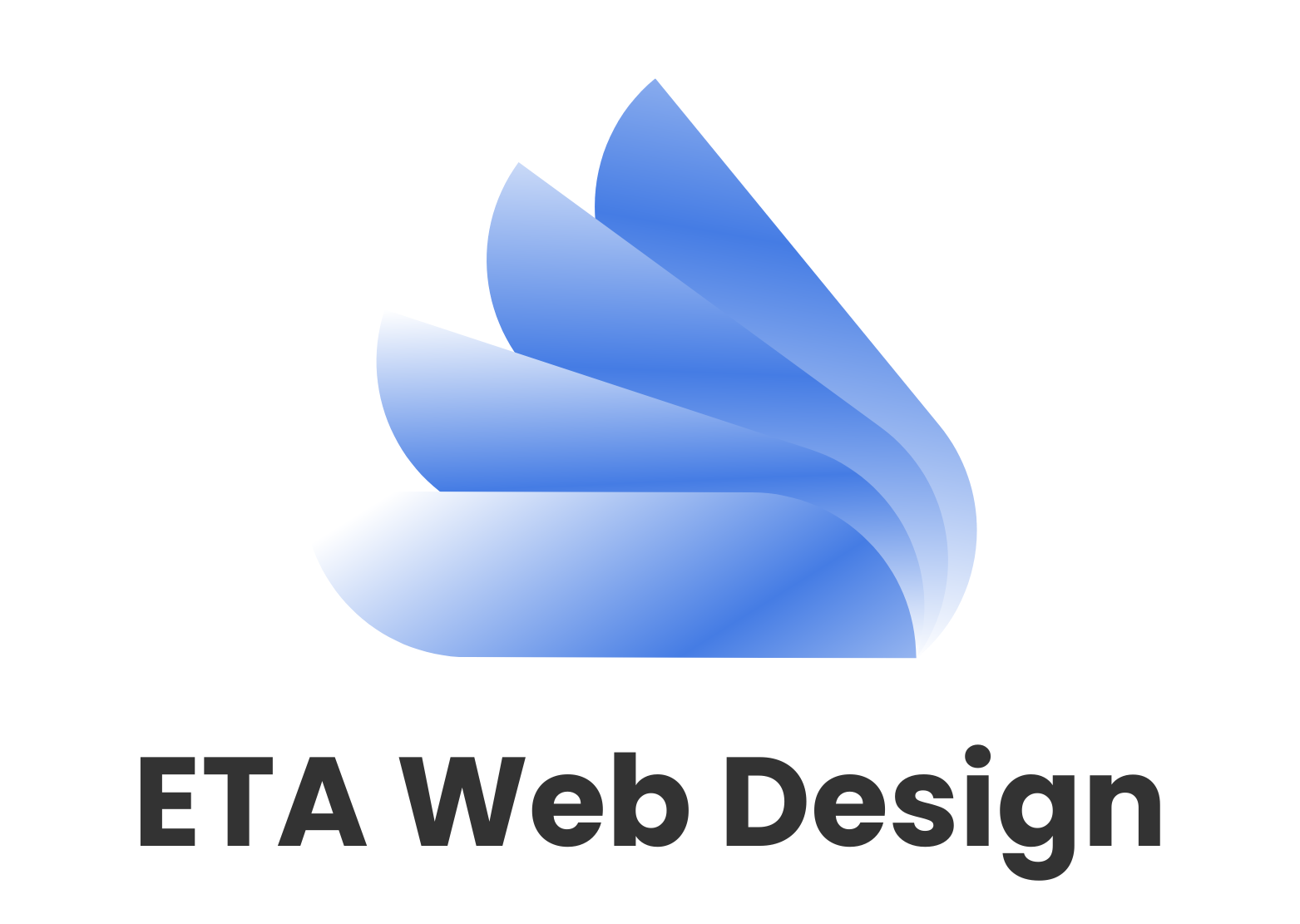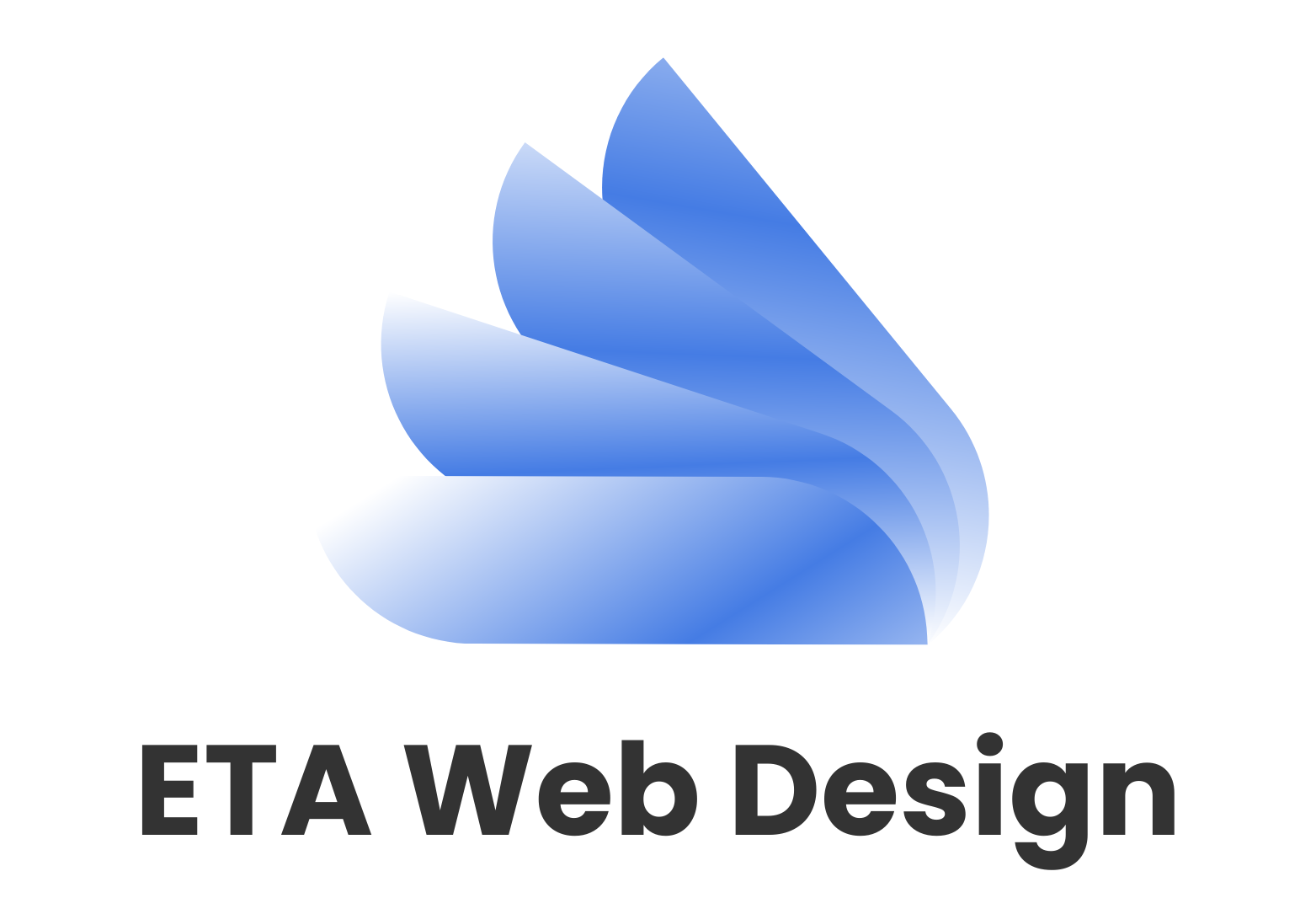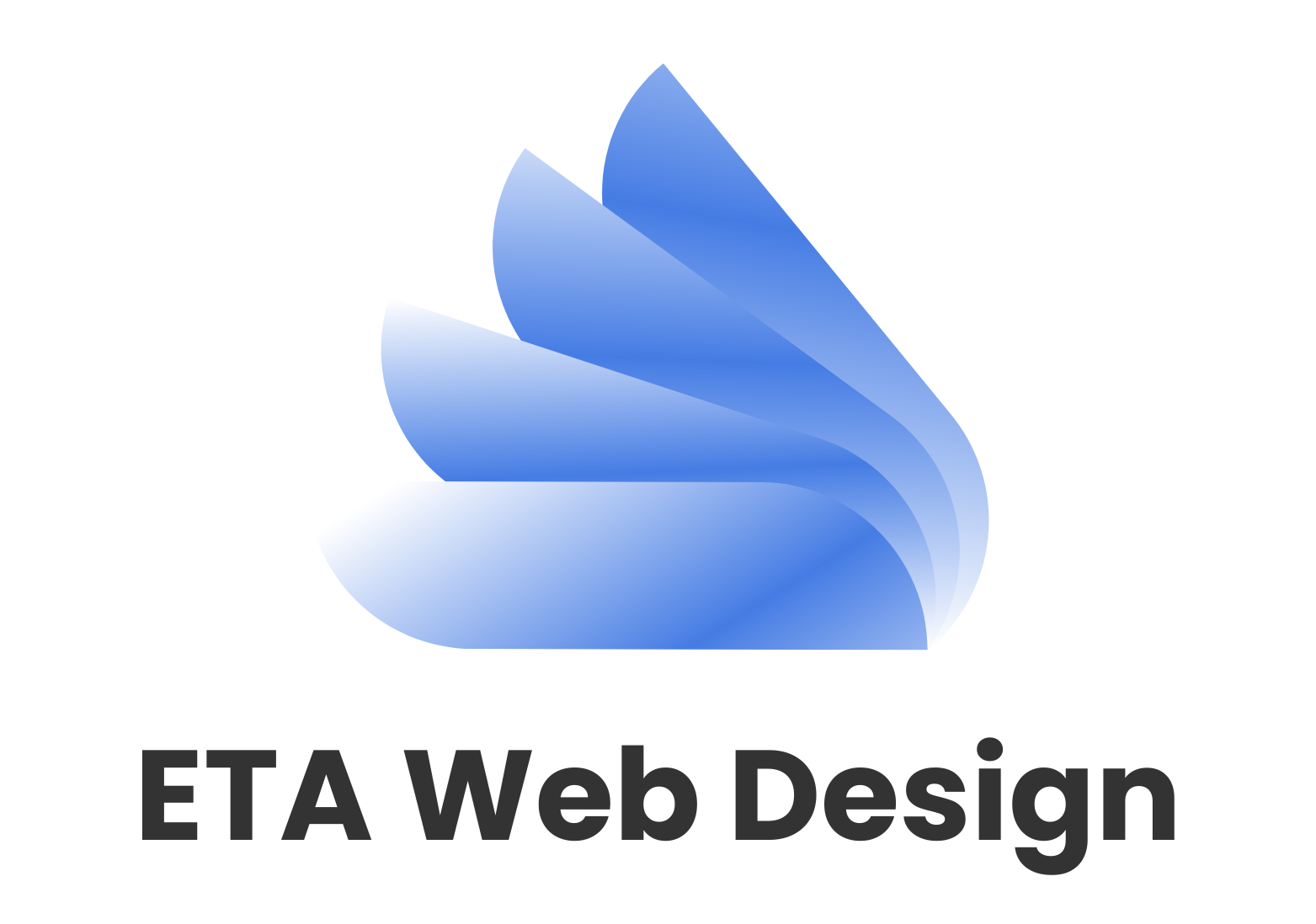When considering a new website for your business, one of the most important decisions you’ll face is whether to choose static or dynamic website development. Each type has its benefits, and the right choice will depend on the needs and goals of your business. This is especially true for homeware brands, health and wellness businesses, and retail businesses that are seeking scalable, professional, and results-driven web design solutions. Understanding the differences between these two development approaches will help you make an informed decision for your business.
What is Static Website Development?
Static websites are the simplest type of website design. A static site consists of fixed content, meaning that each page is pre-built and doesn’t change unless manually updated by a website developer. This type of website is ideal for businesses that require a straightforward online presence, such as a digital brochure or a basic portfolio. If you're looking for a website development company to create a simple, low-maintenance site, a static website may be the best option.
Pros of Static Websites:
- Simple and cost-effective: Static websites are generally cheaper and quicker to develop.
- Fast loading times: Without complex backend systems, static websites tend to load faster.
- Lower maintenance: Since content doesn’t change frequently, static websites require less ongoing maintenance.
Cons of Static Websites:
- Limited functionality: Static websites are not suitable for businesses that require user interaction, such as online stores or membership sites.
- Scalability issues: As your business grows, you may outgrow a static site, especially if you want to add more features or frequently update your content.
For businesses looking for a basic, informational website with minimal updates, static websites may be a suitable option. However, if you plan on expanding your website’s features or content in the future, you might need to consider other options. In such cases, exploring web development services that offer dynamic solutions could be beneficial for long-term growth.
What is Dynamic Website Development?
Dynamic websites, in contrast, use a backend system that allows content to change in real-time based on user interactions or input. This type of website development is ideal for businesses that need frequent updates, interactive features, or personalized user experiences.
Pros of Dynamic Websites:
- Flexibility and functionality: Dynamic websites can include a range of features such as e-commerce, blogs, and member areas.
- Scalability: They can grow with your business, supporting complex features as needed.
- Easier content management: With a content management system (CMS), you can update content easily without needing technical expertise.
Cons of Dynamic Websites:
- Higher cost and development time: Developing a dynamic website is more time-consuming and expensive due to the complexity of the system.
- Maintenance required: Dynamic sites require ongoing maintenance to keep the backend functioning smoothly.
Dynamic websites are often the best choice for businesses in industries like retail, where e-commerce features or regularly updated content are essential for success.
How to Choose the Right Website Development for Your Business
The decision between static and dynamic website depends on several factors, such as the scope of your business, your long-term goals, and your budget. Here are a few things to consider when working with website developers to make the right choice for your business:
- Business Needs: If you’re a homeware brand, health and wellness business, or retail business looking to scale, a dynamic website may be the better option due to its flexibility and ability to handle e-commerce, member accounts, or personalized experiences.
- Budget and Timeline: Static websites are often more affordable and quicker to develop. However, if your business is set for rapid growth, it may be worth investing in dynamic development from the start.
- Scalability: Think about the future. Will your website need to expand as your business grows? If so, a dynamic website might be more appropriate for your long-term goals.
- User Experience: Dynamic websites provide a more interactive user experience, which is crucial for businesses that rely on customer engagement, such as health and wellness or retail brands offering online shopping.
In summary, static and dynamic website each offer distinct advantages depending on your business needs. If you’re looking for a straightforward, budget-friendly website, a static site might be the way to go. However, if your business requires more interactive features, regular content updates, or scalability for future growth, dynamic
website development will be more suitable.
If you're looking for web development that focuses on delivering high-quality websites tailored to your needs,
ETA Web Design offers the expertise to create a site that will support your business’s long-term success. Our approach to
website developers near me ensures that no matter where you're located, we provide personalized support and a professional service you can trust.
Don’t miss it on X: Static vs dynamic
website development – find out which suits you best!






